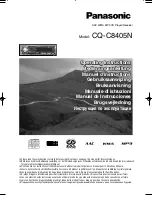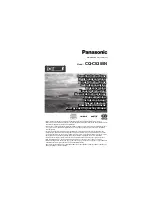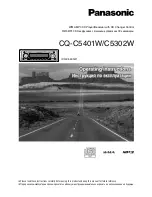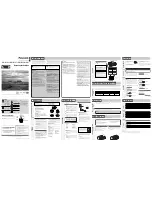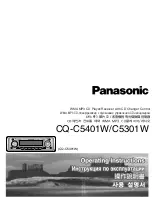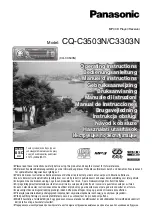
23
DXE-CIT-1 - F Connector Tightening Tool
The CIT-1 installs and removes F connectors in high density and hard to reach locations, and is the only tool that works
with bent coax. Only finger force is required. Provides enough leverage to achieve a 30 in/lb tightening force by hand.
Helps insure proper connections thereby reducing the potential of loose connector related service calls.
Time Variable Sequencer Unit - DXE-TVSU-1B
The DX Engineering TVSU-1B
Time Variable Sequencer Unit
is a microprocessor-based transmit /
receive control-signal delay unit. It provides 0-30 ms of delay, programmable in 2 ms increments, to as
many as five outputs tied to the CW keying or push-to-talk (PTT) lines. By controlling the receive-to-
transmit (and back) timing of linear amplifiers, preamplifiers, and other sensitive equipment, damage
caused by improper switching can be eliminated. This sequencer improves CW performance by
eliminating annoying leading edge chopping or truncating of Morse characters. This is especially
important in contests or pileups where sending accuracy is critical.
Now RoHS compliant, the TVSU-1B can also control external devices such as preamps, active antennas, or external relays
that need to have power removed during transmit. Separate power-in and power-out jacks on the front panel are used to
control external power in this type of application. Two 2.1 mm power plugs and two 3.5 mm stereo plugs are provided.
Benefits
Control timing of PTT turn-on, hang delay of PTT, amplifier hang delay, external antenna relay hang delay and turn-on
delay of auxiliary output
Dip switch settable delays of 0-30 milliseconds in 2 millisecond steps
Side tone generator that follows input of keyer or hand key not transmitter
Side tone pitch can be programmed from 300 to 1000 Hz in 50 Hz steps, front panel headphone jack with adjustable
volume
Supports CW full break in
Can control external power to our Active Receive Antennas and permit operation in closer proximity to transmit antennas
DXE-RFCC-1 - Receive Feedline Current Choke, 50 to 75 Ω 300 kHz to 30 MHz
If you wish to reduce feedline radiation and improve reception, a Feedline Current Choke is recommended if your SWR is already
low. Adding a DX Engineering Feedline Current Choke at the point where the feedline exits the area of the antenna will substantially
reduce unwanted feedline radiation or reception without the need for improved station grounding.
The advantages of using an FCC
:
Prevents unwanted RFI by eliminating feedline current and radiation
All power goes to the antenna, improving efficiency
Reduces noise or unwanted signals picked-up by the feedline
Overcome a less than optimal ground system
The DX Engineering RFCC-1 receive feedline common-mode choke is the most effective solution to common-mode noise or
unwanted signal ingress available to date. The DX Engineering RFCC provides thousands of ohms isolation between the input and
output coaxial shield connections while passing desired signals, including dc or low frequency ac control signals. The RFCC has
extremely high isolation impedance which effectively blocks common-mode noise or unwanted signals, even in the presence of very
poor grounding. Low noise receive antennas are traditionally located away from electrical wiring and other noise sources.
Unfortunately, noise and other unwanted signals have a direct path to your low-noise antenna through the feedline shield connections
between the station equipment and antenna. Unwanted signals can also energize the outside of the feedline shield, and this undesired
signal energy can be conducted directly to the receiving antenna. This can reduce antenna directivity. Unless you have a perfect zero-
resistance RF ground at the antenna, some of the common-mode noise or unwanted signals from the feedline shield will make it into
the antenna. The RFCC is effective from 300 kHz to 30 MHz. It comes with standard CATV type “F” female connectors, although it
can be used in any 50 to 75 Ω receiving system. The RFCC is a passive device, therefore requires no power to operate.

















